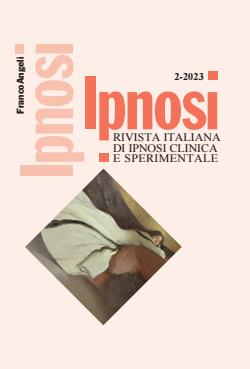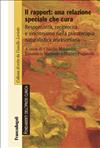
Il modello elaborato da Rago e Volpi (2021) si struttura come un metodo efficace nel trattamento della dipendenza da nicotina, operando un bilancia-mento tra l’intervento strutturato e il tailoring sulle caratteristiche del pazien-te. Consta di tre sedute: l’intervista di raccolta dati su cui basare il tailoring, il Ponte Esplorativo del Futuro (PEF) e la terza seduta conclusiva in cui, con suggestioni e ri-associazioni specifiche, si struttura il passaggio verso il cam-biamento. Il presente contributo ha approfondito l’applicazione del modello ai di-sturbi del comportamento alimentare, con particolare riferimento ad un cam-pione di 14 pazienti con Bing Eating Disorder. L’analisi dei risultati evidenzia dati interessanti circa l’applicabilità del modello ai disturbi dell’alimentazione e conferma il legame tra questi e la disregolazione affettiva (misurata con TAS-20).






